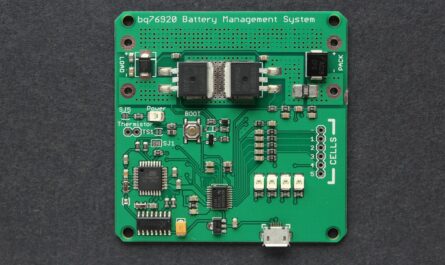What Are Gas Springs?
Gas springs are mechanical devices that use compressed gas to absorb energy and support weight. These springs are filled with compressed nitrogen or other inert gas, and utilize the pressure within to provide a pushing or lifting force. They are commonly used as a substitute for conventional metal springs in applications that require lifting, lowering, opening or closing of doors, lids, panels and loads.
Construction and Mechanism
The basic construction of a gas spring consists of a gas-filled cylinder and piston. The compressed gas, usually nitrogen, is stored in the sealed cylinder. One end of the cylinder is closed while the other end has a piston fitted with seals. The piston divides the cylinder into two chambers – one filled with gas and the other empty.
A rod is connected to the piston and extends out of the open end of the cylinder. As the rod is pushed into the cylinder, it compresses the gas in the filled chamber. The compressed gas then provides a restoring force that pushes the piston and rod back out. This push-pull action allows gas springs to absorb shock and support weight through their entire stroke length.
Types of Gas Springs
Manufacturers offer gas springs in different types based on the application, load requirements and environmental conditions:
– Linear Gas Springs: These are the standard type used for basic lifting and damping applications like cabinet doors, lids, panels etc. They provide a linear push-pull force through the stroke.
– Dual Gas Springs: These feature two cylinders connected in parallel to offer higher load capacities than single cylinder springs. Commonly used for heavy industrial doors.
– Rotary Gas Springs: The cylinder housing on these springs can rotate relative to the piston rod. Used where linear motion is not required, like holding positions on adjustable screens/monitors.
– Compact Gas Springs: Smaller versions used in tight spaces where size is a constraint, like laptop screens or small hatches.
– Environmentally Sealed Gas Springs: Hermetically sealed versions suitable for applications in harsh outdoor or wet conditions.
Advantages of Gas Springs
There are several advantages that have made gas springs a popular replacement for conventional metal springs:
– Consistent Force: Gas pressure provides an almost constant resistant force through the full stroke of the spring. Metal springs lose power as they compress.
– Durable: Properly sealed gas springs do not wear out over time like metal springs that can fatigue.
– Corrosion Resistant: Inert gas and seals protect internal components from corrosion even in harsh environments.
– Low Maintenance: Sealed construction means no re-pressurizing or part replacements needed over the life of the spring.
– Compact Design: Cylindrical housing takes up less space compared to coil springs.
– Adjustable Force: Spring characteristics can be customized by altering the gas pressure or design.
Applications of Gas Springs
Thanks to the above advantages, gas springs have found widespread applications across many industries:
Automotive & Transportation
– Vehicle deck lids, bonnets, doors and bumpers
– Public transport door operators
– Truck compartment access
Industrial Equipment
– Loading bay doors
– Warehouse shelving
– Machinery guards and protective panels
Furniture & Fixtures
– Office drawer slides, cabinet doors and lids
– Adjustable workstation and seating components
Electronics & Appliances
– Laptop, tablet and phone screen positioning
– Optical drives and disk drives
– Appliance doors and panels
Medical Equipment
– Hospital bed adjusters and X-ray panels
– Wheelchair and gurney components
Advancing Gas Spring Technology
Manufacturers are continuously working to develop advanced gas springs with better performance capabilities:
– New gas mixtures: Use of hydrogen, helium offer higher energy densities than nitrogen.
– Digital control: Integrated sensors and electronics allow programmable and motion-controlled assistance.
– Composite materials: Fiber reinforced polymer cylinders reduce weight without compromising strength.
– Integrated solutions: Combining springs, bearings, sensors and actuators into modular mechatronic modules.
– Custom configurations: Springs can be engineered in non-standard shapes and performance profiles for specialized needs.
As more industries recognize the advantages, gas springs will continue gaining popularity over conventional springs in applications where weight-bearing support and repeatable motion is required. The inherent simplicity, versatility and durability of gas spring technology ensures it remains a mainstay across various sectors.
*Note:
- Source: Coherent Market Insights, Public sources, Desk research
- We have leveraged AI tools to mine information and compile it



